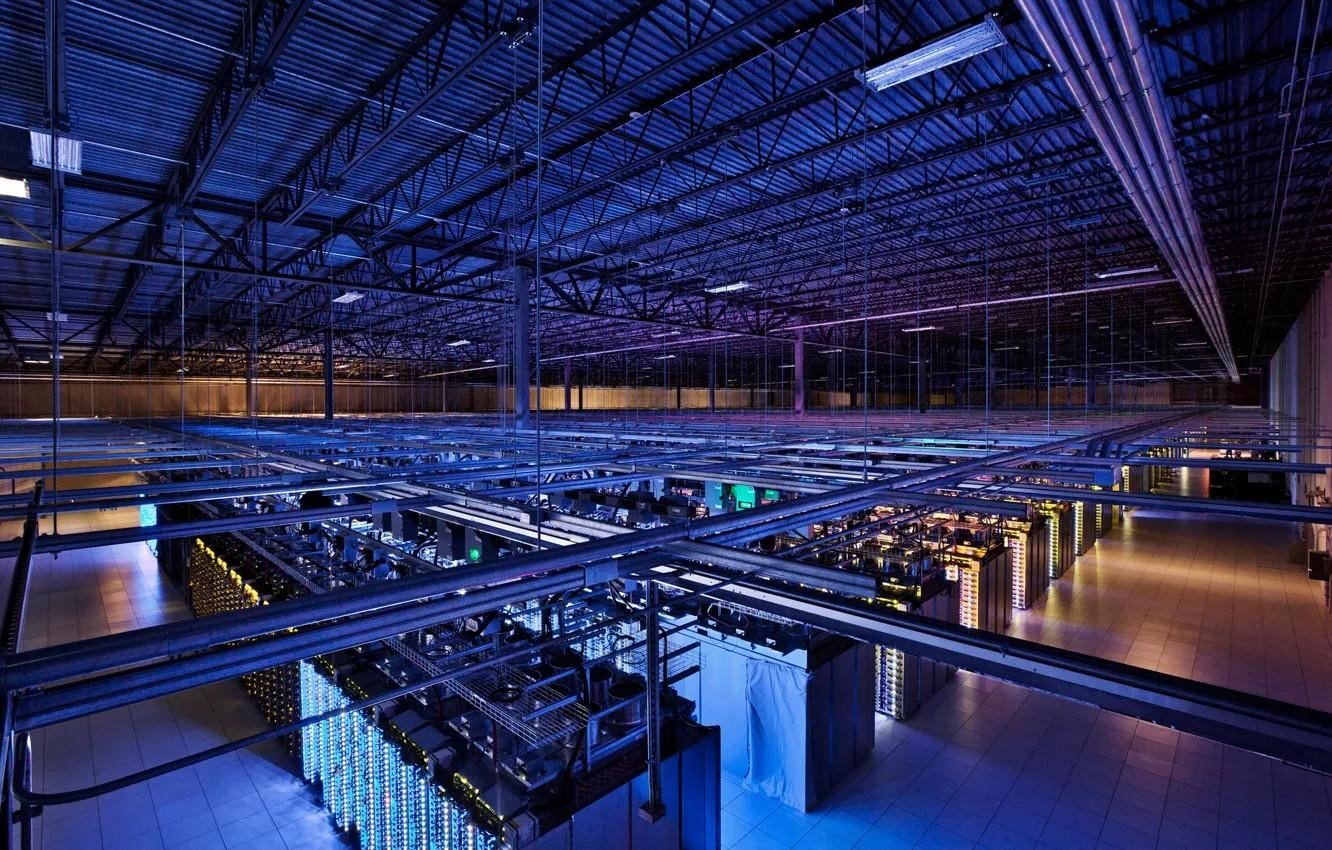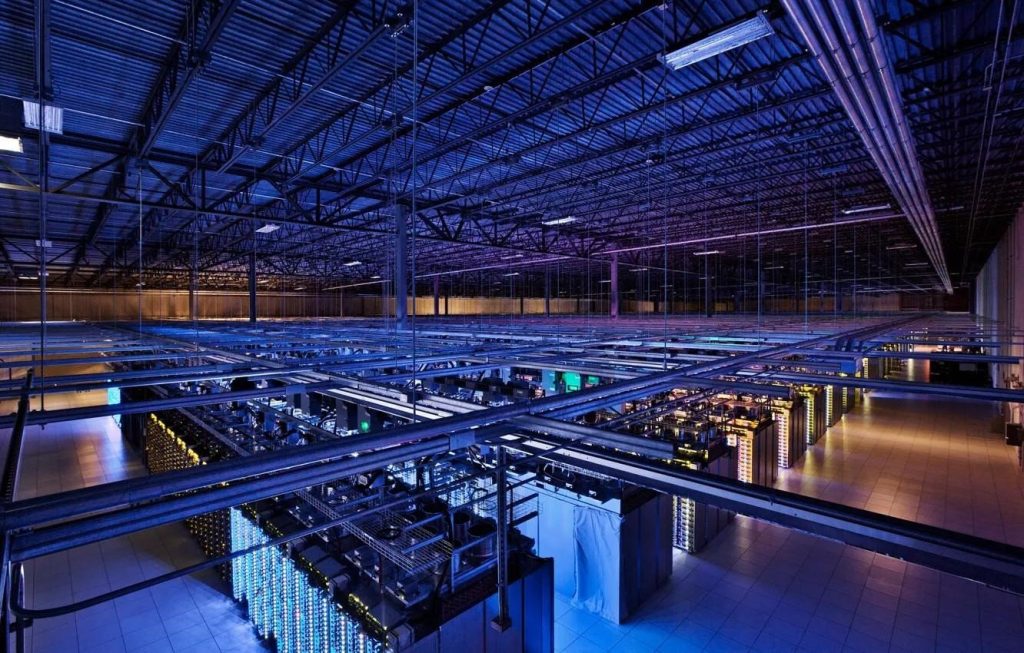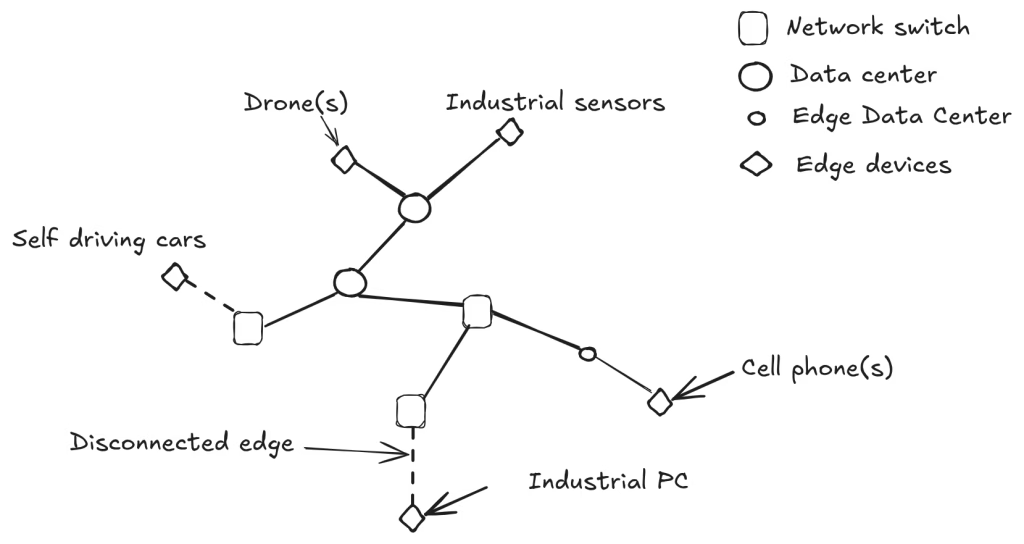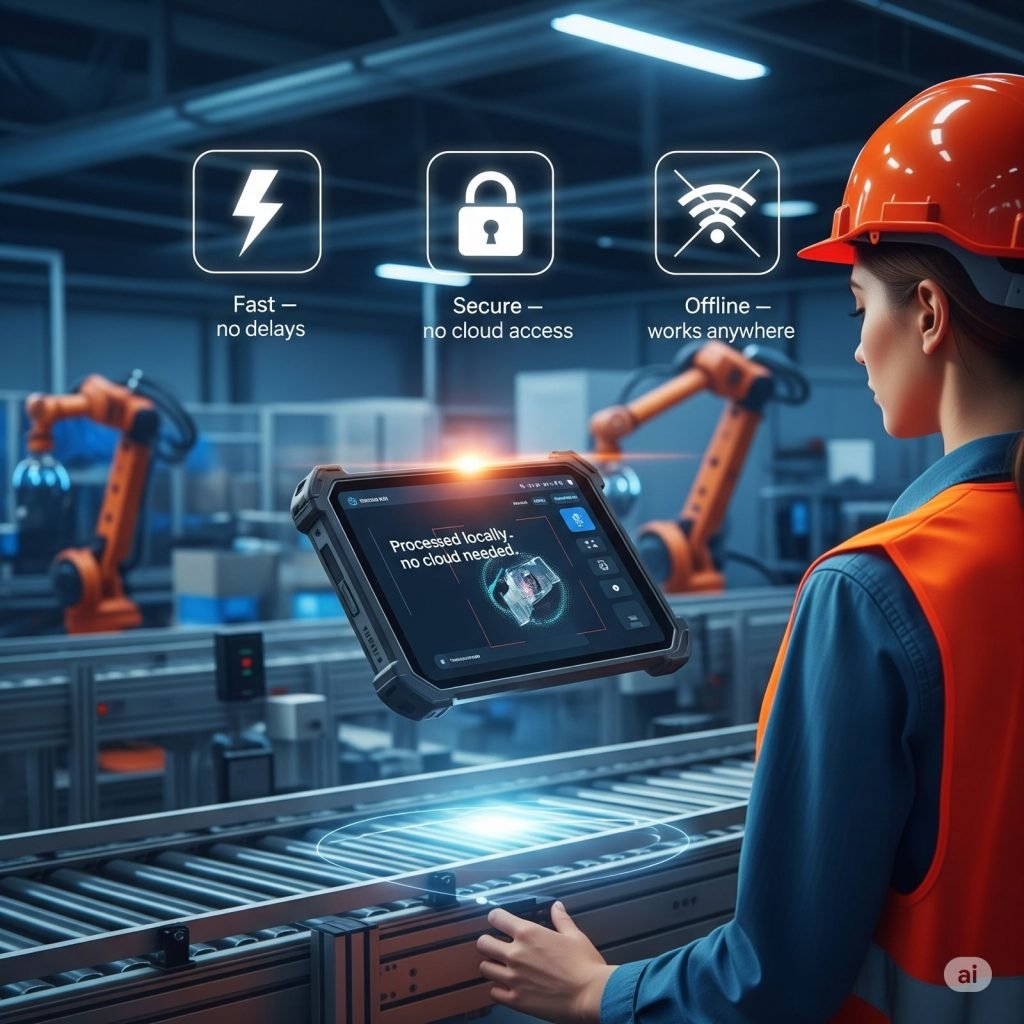The digital world, from your favorite streaming service to cutting-edge AI, runs on a single, physical foundation: the data center. Far from being a simple warehouse for servers, a data center is a complex, hyper-engineered environment where billions of dollars worth of infrastructure, real estate, and sophisticated engineering converge.
If you are looking to partner with, sell to, or invest in this industry, you need a clear map. This blog breaks down the core ecosystem players from Hyperscalers and Colocation providers to the vital Staffing firm, defines the essential terminology (like MEP, White Space, and PUE) used to talk about the physical facility and its operations, and paints a picture of the various data center components.
1. The Core Industry Players
The data center ecosystem is structured like a tiered real estate market, with major players fitting into specific categories based on ownership and service model.
.A. Hyperscale Operators
These are the largest companies in the world that design, build, and operate massive data center campuses to support their own public cloud services and global platforms.
- Who they are: Amazon Web Services (AWS), Microsoft Azure, Google Cloud, Meta (Facebook), Oracle, and Apple.
- What they do: They drive the largest demand for new facilities and pioneering new technologies in cooling, power efficiency, and hardware density (especially for AI/GPU clusters). They typically procure capacity at massive scale from Wholesale Colocation Providers or build entirely self-owned campuses.
- Key Focus: Scale, efficiency, and continuous innovation.
B. Colocation (Colo) Providers
Colocation providers build the physical data center facilities and rent out space, power, and cooling to other businesses. This category is defined by the scale of the commitment.
1. Wholesale Colocation
- Service Model: They rent large, contiguous blocks of space, often entire Data Halls or floors, to a single client (usually Hyperscalers or large Enterprises) under long-term leases. The client often provides their own IT gear and manages the internal build-out.
- Who they are: Digital Realty, CyrusOne, QTS Realty Trust, and ST Telemedia Global Data Centres.
- Key Focus: Real estate deployment, rapid construction, and massive power delivery.
2. Retail Colocation
- Service Model: They rent small units of space, such as single racks or secured cages, to multiple smaller enterprises. They focus on providing dense, high-connectivity options to facilitate cross-connecting with hundreds of other tenants (the “carrier hotel” model).
- Who they are: Equinix, H5 Data Centers, Cologix, and CoreSite.
- Key Focus: Connectivity, flexibility, and managing a large volume of customer SLAs.
C. AI Infrastructure / Specialized Cloud Providers (The Neo-Clouds)
This is the fastest-growing segment, focused on building specialized, ultra-high-density compute environments dedicated solely to training and running AI models (GPUs). They bypass traditional Hyperscalers or Colos to offer superior price-to-performance for AI workloads.
- Who they are: CoreWeave, Crusoe Energy, Lambda Labs, and Applied Digital.
- What they do: They deploy specialized infrastructure, often utilizing advanced Liquid Cooling solutions, to handle the immense power and heat required by modern AI chips. Crusoe, for example, focuses on repurposing stranded or wasted energy (like flared gas) for compute.
- Key Focus: Power density, advanced cooling technology, and specialized AI hardware management.
D. Enterprise Data Center Operators
These are large organizations that own and run their own internal data centers to manage mission-critical applications, regulatory-sensitive data, and legacy systems.
- Who they are: Large Financial Institutions (e.g., JPMorgan Chase, Fidelity), Major Healthcare Systems (e.g., Kaiser Permanente), Walmart, and various Federal Government Agencies.
- What they do: They manage their infrastructure entirely in-house. They prioritize security, compliance, and custom configuration above all else, making operational precision critical.
- Key Focus: Risk mitigation, uptime (Tier Classification), and compliance.
E. Equipment Suppliers & Vendors
This category includes the companies that build the physical components that go inside the facilities.
- Who they are: Companies providing servers (Dell, HPE), networking gear (Cisco, Juniper), cooling systems (Vertiv, Schneider Electric), and power systems (Generac, ABB). Nvidia is a special player providing all the cluster equipment, including GPUs, servers, and networking equipment all in one (some of these pieces are sources from the other vendors).
- What they do: They supply the mechanical, electrical, and physical IT components necessary to run the facility and the customer’s workloads.
F. Staffing and Managed Services Companies
These companies specialize in providing the skilled human resources needed for deployment, maintenance, and facility operations, often filling the critical talent gap in the industry.
- Who they are: Salute, Compu-Dynamics, DataBank, Stream Data Centers (for Managed Services), and various specialized IT and Facilities staffing firms.
- What they do: They deploy large teams of trained technicians and engineers to handle daily operations, maintenance schedules, cabling, and new build commissioning for Hyperscalers and Colocation Providers. They ensure facilities have the necessary 24/7 human presence without the operator having to manage the entire HR pipeline.
- Key Focus: Training, rapid deployment of skilled labor, standardization of operational procedures, and reducing labor costs for facility owners.
2. Essential Data Center Terminology
The language of data center operations is heavy on acronyms and specific terms. Understanding these terms is crucial to identifying true pain points.
| Term | Category | Explanation |
| Data Hall | Space | The massive, secure, hardened room where the server racks are physically installed. This is the heart of the facility. |
| White Space | Space | The usable, conditioned area within the Data Hall where customers place their IT equipment (servers, storage, networking). It’s ready for use with raised floors and power conduits. |
| Grey Space | Space | The area surrounding the Data Hall that houses all the support infrastructure, such as battery rooms, electrical switchgear, chillers, and dedicated storage. |
| Meet me room (MMR) | Space | The room where the external network is connected to the internal data center network |
| Facilities / Infrastructure | Systems | The non-IT components that make the environment work: Cooling, Power, Fire Suppression, and Security. This is the world of the Operations Technician. |
| MEP | Systems | An acronym for Mechanical, Electrical, and Plumbing. These are the critical engineering systems that keep the servers alive. The vast majority of outages stem from failure in the MEP components. |
| Tier Classification | Standard | A standardized rating system (Tier I through Tier IV, defined by the Uptime Institute) that indicates a facility’s level of reliability, redundancy, and availability. A Tier IV data center is designed for fault tolerance (nearly 100% uptime). |
| PUE (Power Usage Effectiveness) | Metric | The industry-standard metric for energy efficiency. It is the ratio of total facility power to the IT equipment power. A perfect PUE is 1.0 (meaning all power goes only to the servers); industry leaders aim for values close to 1.2. |
3. Key Data Center Components
The diagram below shows some of the key logical components of the data center.
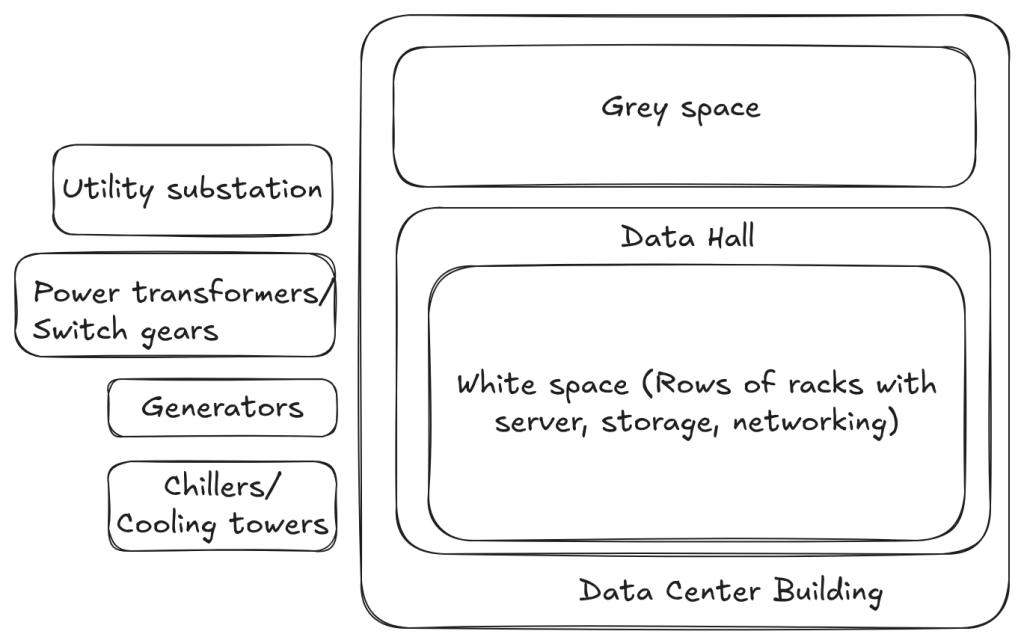
Outside the main data center building, there is infrastructure for cooling (chillers, cooling towers, etc), backup power supply (generators), and power infrastructure (grid substation, power transformers, switch gears, etc).
In a follow up blog, we will go over the key trends and challenges in the data center industry.

